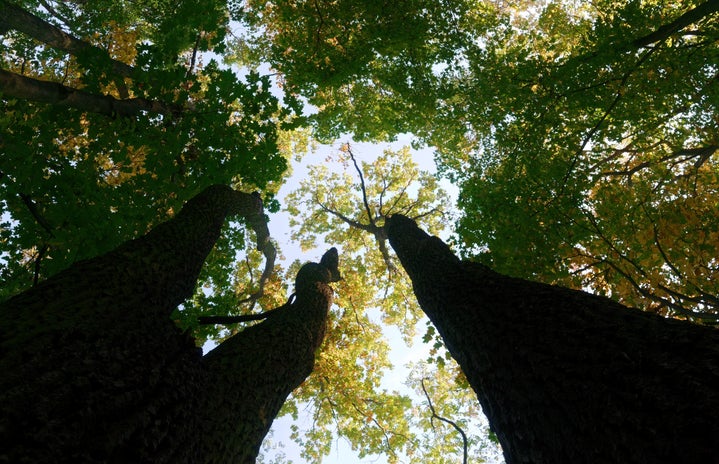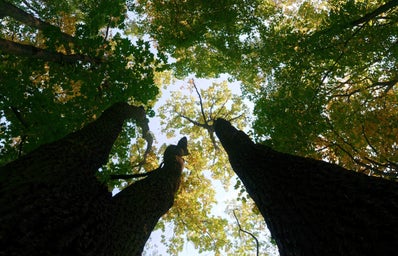It is estimated that climate change is going to cause around 25,0000 extra deaths a year. Two billion people do not have access to water that is safe to drink. Across the world, around fifteen billion trees are cut down every year.
It is easy to become disassociated from feeling the true impact of these words when a constant barrage of numbers, such as those above, are thrown at us daily.
In the face of such destruction, such evil, the importance of the arts has never been so stark. Art has always held a place of importance in issues of social change, from the use of identifiable colours and symbols in movements such as the suffragettes, to the copious amounts of literature written in response to wars. At its heart, art is emotion, and emotion is the only way to fight against the universal sense of detachment these grave statistics inspire.
Art and the environment, in particular, have always held an intimate connection. Some of the earliest known paints were handmade from pigments gathered from minerals and dried plants, and all throughout history artists have tried to capture the wilderness of the natural world.
In my early teens, my mum gave me a pile of books – a collection of feminist prose and activist histories – from her collection. Amongst them, was a book called Copse: The Cartoon Book of Tree Protesting by Kate Evans. This book deeply impacted my view of the world, and in every year that has followed since, my belief in the need for such pieces has only increased.
Copse is a book that tells the stories of tree protesters. Stories from activists share the page with drawings of the earth, photographs of the protests, calls to action, and poetry. With an opening page that depicts the beauty of wild trees, captioned ‘in the beginning there was forest…’ the reader is immediately thrown into the world of nature. This intermingling of beautiful art and jarring words creates a touching story, full to the brim with the harsh realities these people faced, and the knowledge that time hasn’t improved our attitudes towards the planet, and, disturbingly, has only made it all the more dire. The most touching part of this piece of art, to me, is the humour Evans manages to maintain in the face of such a heart-breaking subject matter.
Within this book, there is a section of poetry combined with drawings. Since reading, I’ve never been able to forget the quiet tragedy held in the line ‘listen seabirds and songbirds cannot be heard’ set against a backdrop of polluted roads and developed cities. The poem continues, talking about the children currently growing up on this planet:
‘no you’ll give them the all the best that money buys – avert their eyes – from the rainclouds that are – gathering under superheated skies – teach them for the future – to make money their pleasure – though there may be no future – sold out to the now.’
Another book in the pile contained speeches given by the Chief of the Puget Sound tribes to the Governor of the Washington Territory in the mid 1800s, titled ‘How can one sell the air? A Manifesto for the Earth.’
‘He treats his mother the earth / and his Brother the Sky / like merchandise. / His hunger will eat / the earth bare / and leave only a desert.’
This was written in 1855. Our hunger has eaten the earth. We are reaching a point from which there will be no salvation.
Art, and the process of making art, is the closest humans can get to nature, to creation. It is how we are reminded of where we come from, of the possibilities of emotions, of the fragility of life. Art is a means of survival. Through art, the beauty of the world is reflected, which in the current climate, is sorely needed. One day our earth will be uninhabitable, and it is through reading works such as these that this becomes all too apparent. Depicting the current crisis in the environmental world is almost an impossible feat, but it is a necessary one. Without the ability art holds to inspire hope, to inspire action in the face of emotional numbness, we would be lost.


